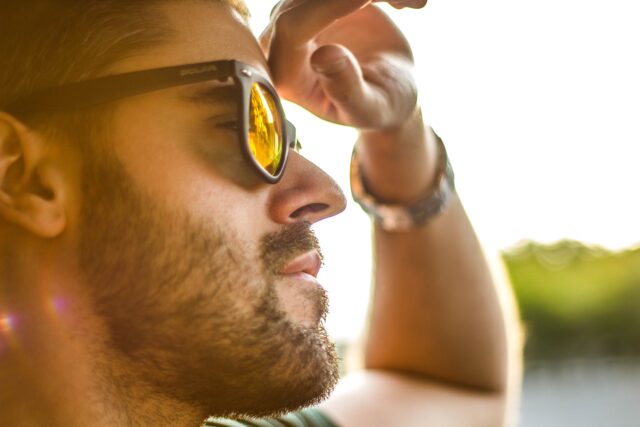

Safety Tip of the Month: Sunglasses for Road Safety
It is essential to wear the correct eye protection when driving in sunny weather. The most dangerous conditions are caused by glare resulting from intense sunlight that is reflected from the road surface, windshield or dashboard of your truck. This is the most common and dangerous visual problem when driving, outside of uncorrected vision. Many sun glare accidents happen in the early morning or late afternoon when the sun is on the horizon and little protection is offered by a truck’s sun visor. Unfortunately, these times coincide perfectly with rush hour and the beginning of school days, making accidents more likely.
Glare is a distracting and sometimes dangerous excess of bright light and can happen day or night. Glare is bothersome and discomforting, causing your eyes to work even harder. Your pupils and the muscles around your eyes contract, and your eyelids narrow. Your eyes must strain to see well, resulting in squinting, eye fatigue, and in extreme cases, even temporary blindness.
To select the most appropriate pair of sunglasses, drivers need to consider how they will be used. Wearing driving lenses that are too dark can cause visibility problems when driving from very bright conditions into shady or dark areas; driving into a tunnel could cause complete loss of vision. Wearing sunglasses during the day can help your night driving. Exposure to strong sunlight without adequate glare protection can sharply reduce your night vision. Even a few hours of exposure can slow your eyes’ adaptation process as darkness falls.
What should you look for in sunglasses to protect your eyes? The best sunglasses are those purchased from an optician. This ensures the sunglasses have the appropriate amounts of UV filtering and are the best protection for your eyes while in the sun. Polarizing lenses are designed to cut glare due to reflection. This means they are good for driving and outdoor activities in the snow or on water. Look for sunglasses that block at least 99 percent of ultraviolet rays. You cannot tell how much UV protection a pair of sunglasses will provide by their price, color or by the darkness of the lenses. Look for a label that lists the type and amount of protection to make sure that they are coated and block both types of UV radiation: UVA and UVB.

